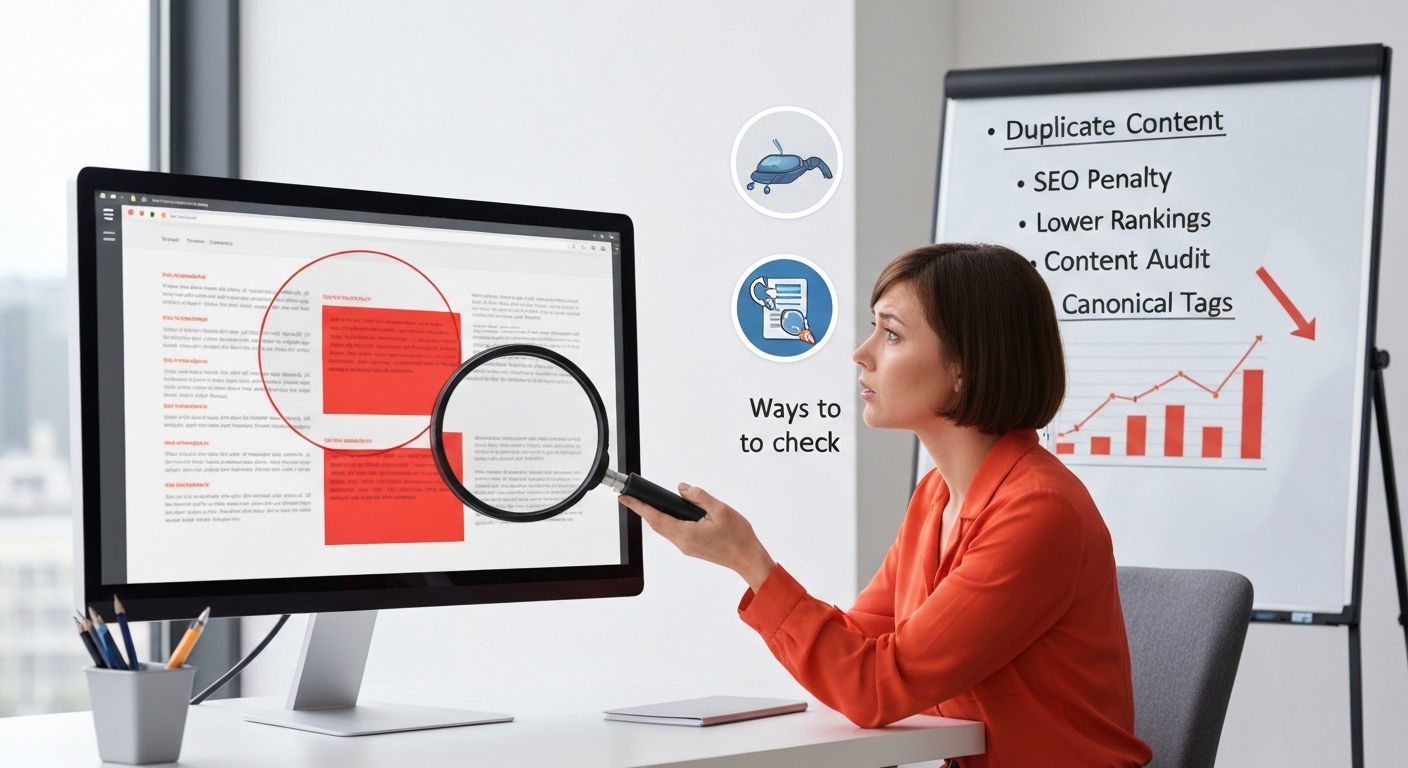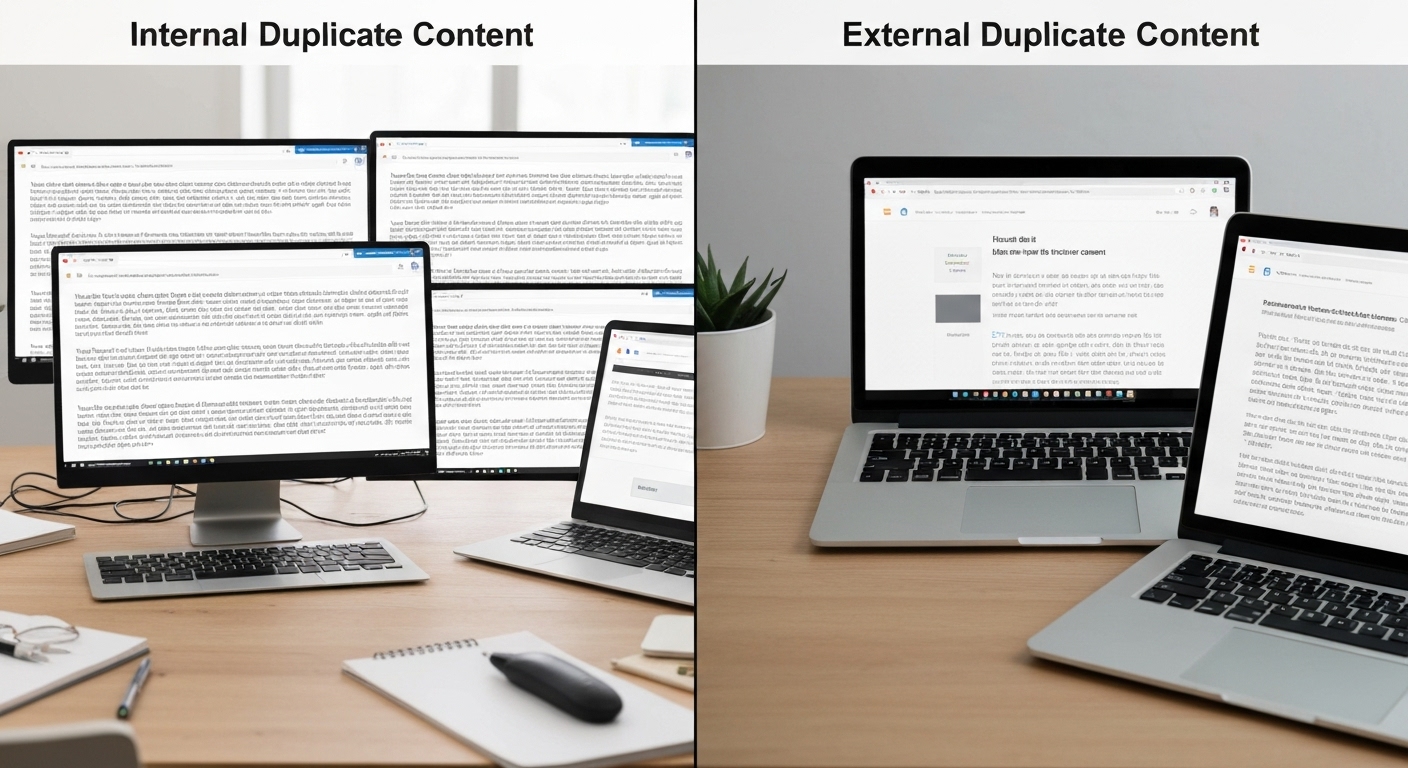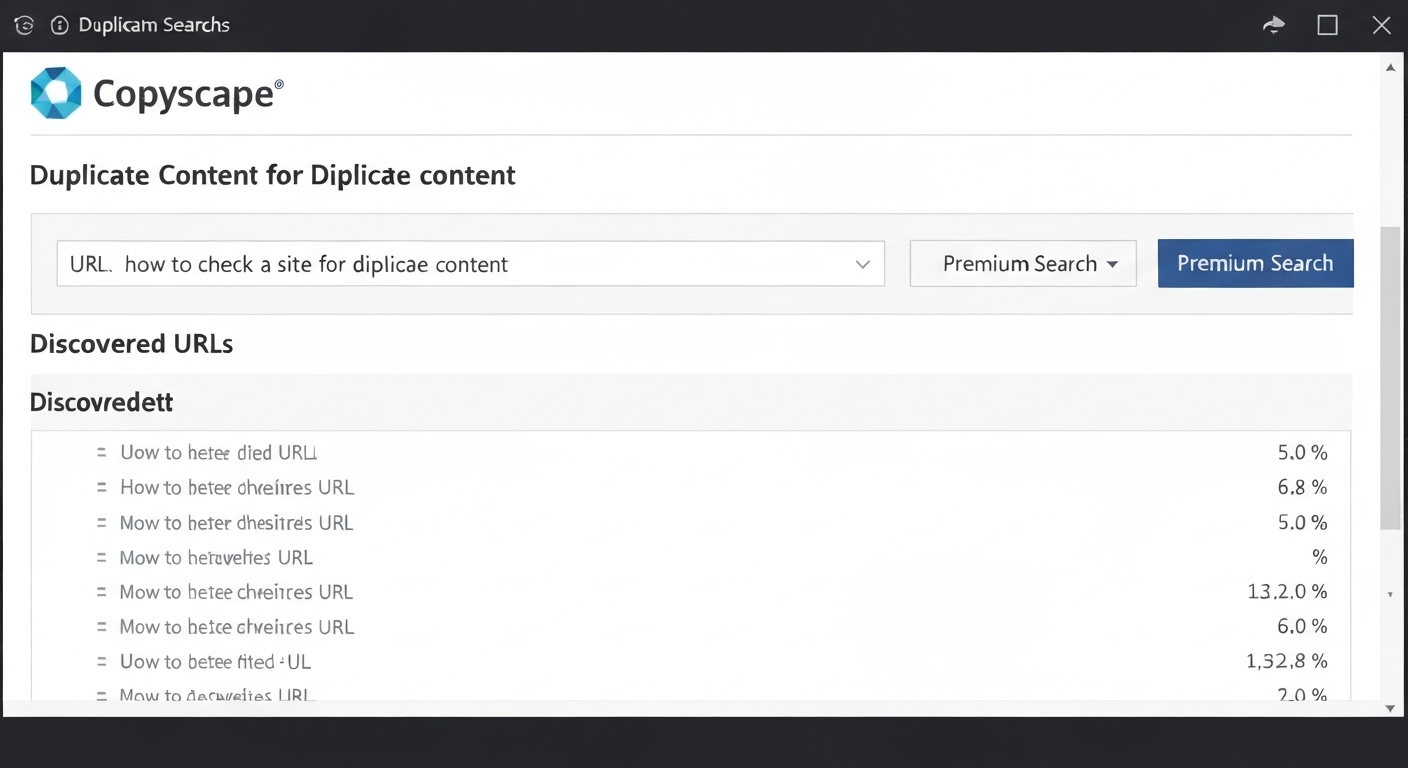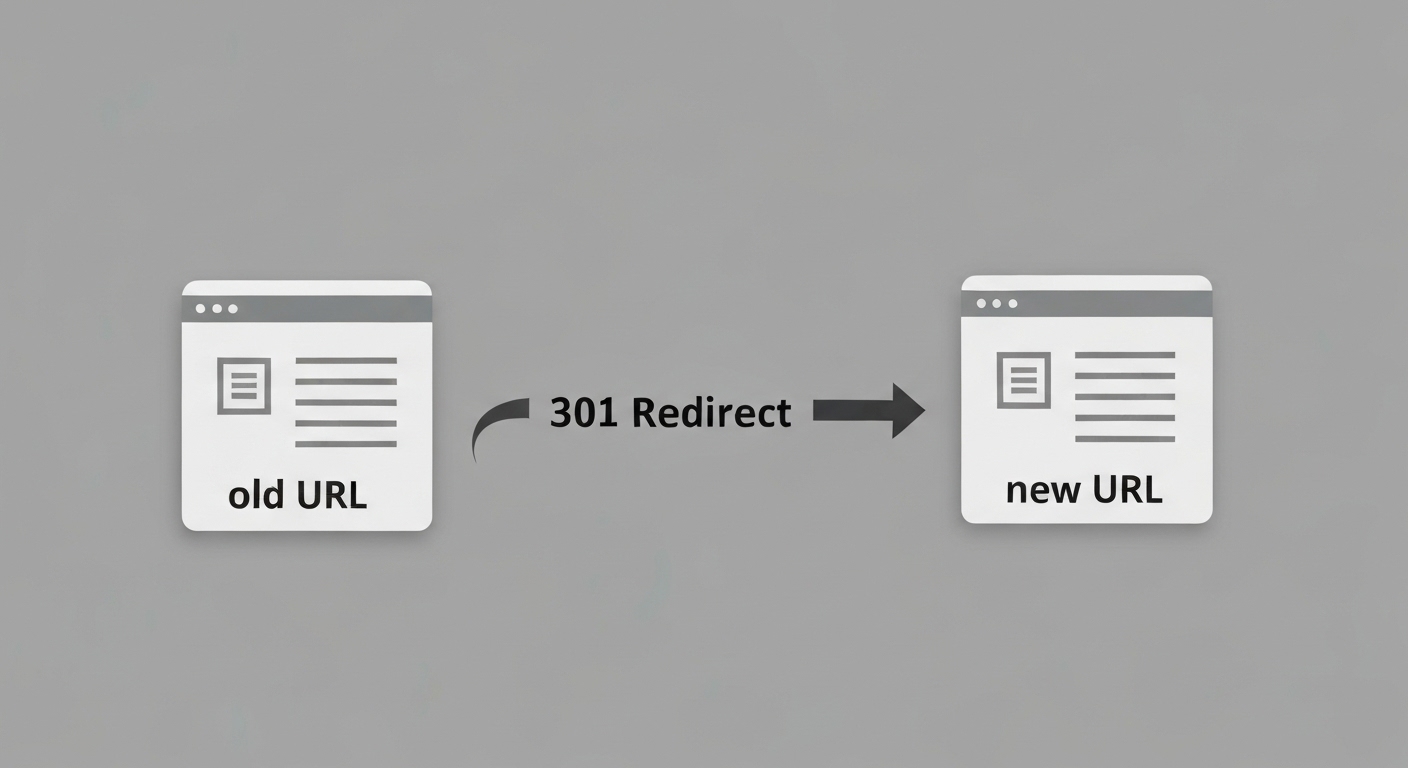How to Check a Site for Duplicate Content : A Comprehensive Guide
how to check a site for duplicate content is crucial for maintaining your website’s search engine rankings and overall online reputation. Duplicate content, whether internal (within your own site) or external (found on other websites), can negatively impact your SEO efforts and lead to penalties from search engines like Google. This comprehensive guide will walk you through the process of identifying and addressing duplicate content issues.

Understanding Duplicate Content
Duplicate content refers to substantial blocks of content within or across domains that either completely match other content or are strikingly similar. Search engines strive to provide users with unique and relevant results. When they encounter duplicate content, they may struggle to determine which version to rank higher, potentially leading to all versions being ranked lower or even penalized. Understanding the different types of duplicate content is the first step in learning how to check a site for duplicate content.
Types of Duplicate Content
- Internal Duplicate Content: This occurs when the same content appears on multiple pages within your own website. This can happen due to various reasons, such as URL variations (e.g., with and without ‘www’), session IDs, or printer-friendly versions.
- External Duplicate Content: This occurs when your content is found on other websites without your permission or when you are republishing content from other sources without proper attribution.
- Near-Duplicate Content: This refers to content that is very similar but not exactly the same. Slight variations in wording or sentence structure can still be considered near-duplicate content.

Why is Duplicate Content Harmful to SEO?
Duplicate content can severely harm your SEO for several reasons:
- Search Engine Confusion: Search engines may not know which version of the content to index and rank, leading to diluted ranking signals.
- Wasted Crawl Budget: Search engines have a limited crawl budget for each website. Crawling duplicate pages wastes this budget, preventing them from discovering and indexing your unique content.
- Lower Rankings: Search engines may penalize websites with substantial amounts of duplicate content, leading to lower rankings in search results.
- Reduced Authority: Duplicate content can erode your website’s authority and trust in the eyes of search engines and users.
Therefore, learning usa.gov how to check a site for duplicate content is an essential skill for any website owner or SEO professional.
How to Check a Site for Duplicate Content: Step-by-Step Guide
Here’s a step-by-step guide on how to check a site for duplicate content and take corrective action:
1. Conduct a Website Audit
A comprehensive website audit is the first step in identifying potential duplicate content issues. This involves analyzing your website’s content, URL structure, and internal linking. Look for pages with similar or identical content, especially those with different URLs.
2. Use a Duplicate Content Checker Tool
Several online tools can help you identify duplicate content on your website and across the web. Some popular options include:
- Copyscape: Copyscape is a widely used plagiarism checker that allows you to scan your website for duplicate content. It compares your content to billions of pages online and highlights any matches.
- Siteliner: Siteliner is a tool specifically designed for identifying internal duplicate content. It crawls your website and reports on duplicate content, broken links, and other on-page SEO issues.
- Quetext: Quetext offers a comprehensive plagiarism detection solution that analyzes text for originality, identifying instances of potential duplication across a vast database of online sources.

3. Analyze Search Engine Results
You can also use search engine operators to find duplicate content. Use the ‘site:’ operator followed by your domain name to search for specific phrases or sentences from your website. If you find the same content appearing on other websites, it indicates a potential external duplicate content issue.
For example, type site:example.com “your unique phrase” into Google search.
4. Check for URL Variations
Internal duplicate content often arises from URL variations. Ensure that your website uses consistent URLs and that you have implemented proper redirects (301 redirects) for any variations. Common URL variations include:
- With and without ‘www’: Choose one version (e.g., www.example.com or example.com) and redirect the other to it.
- HTTP and HTTPS: If you have an SSL certificate, redirect all HTTP traffic to HTTPS.
- Trailing slashes: Be consistent with or without trailing slashes in your URLs.
- Index.html or index.php: Avoid having both the main page of your site as example.com and example.com/index.html.
5. Implement Canonical Tags
Canonical tags are HTML tags that tell search engines which version of a page is the preferred one. They are used to resolve duplicate content issues arising from URL variations or similar content on multiple pages. The canonical tag is placed in the <head> section of the duplicate page and points to the original page.
Example: <link rel=”canonical” href=”https://www.example.com/original-page/” />
6. Use 301 Redirects
301 redirects permanently redirect one URL to another. They are used to consolidate ranking signals from duplicate pages to the original page. Use 301 redirects to redirect old or duplicate URLs to the preferred URL.
7. Avoid Content Scraping
Content scraping is the act of copying content from other websites without permission. Avoid scraping content from other websites and always create original, high-quality content. If you are using content from other sources, properly attribute it and add your own unique perspective.

Addressing Duplicate Content Issues
Once you have identified duplicate content issues, it’s crucial to take corrective action to protect your website’s SEO. Here are some strategies for addressing duplicate content:
- Rewrite or Consolidate Content: If you have internal duplicate content, rewrite or consolidate the content into a single, comprehensive page.
- Use Canonical Tags: Implement canonical tags to tell search engines which version of a page is the preferred one.
- Implement 301 Redirects: Use 301 redirects to redirect duplicate URLs to the original URL.
- Request Content Removal: If you find your content on other websites without your permission, contact the website owner and request that they remove the content.
- Use the ‘nofollow’ Attribute: If you are linking to a page with duplicate content on your own website, use the ‘nofollow’ attribute to prevent search engines from crawling that page.
Content Audit Tools
Various content audit tools can assist in finding and resolving duplicate content issues, streamlining the process for website optimization. These tools scan websites, highlight duplications, and provide recommendations for correction.
Preventing Duplicate Content
Preventing duplicate content is much easier than fixing it. Here are some tips for preventing duplicate content issues:
- Create Original Content: Always create original, high-quality content that is unique and valuable to your audience.
- Use Consistent URLs: Use consistent URLs across your website and implement proper redirects for any variations.
- Avoid Content Scraping: Do not copy content from other websites without permission.
- Monitor Your Website: Regularly monitor your website for duplicate content and take corrective action as needed.
By following these tips, you can minimize the risk of duplicate content and protect your website’s SEO.
Conclusion
Learning how to check a site for duplicate content is a fundamental aspect of SEO. By understanding the different types of duplicate content, using the appropriate tools and techniques, and taking proactive measures to prevent it, you can ensure that your website ranks well in search results and provides a positive user experience. Regular content audits and consistent monitoring are key to maintaining a healthy and SEO-friendly website. Remember to prioritize creating original, valuable content that sets you apart from the competition. Understanding how to check a site for duplicate content will allow you to identify and fix such issues.
HOTLINE
+84372 005 899


